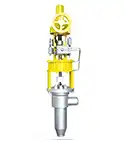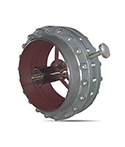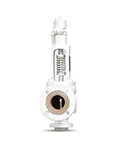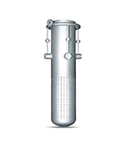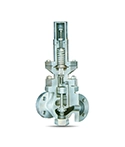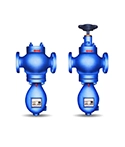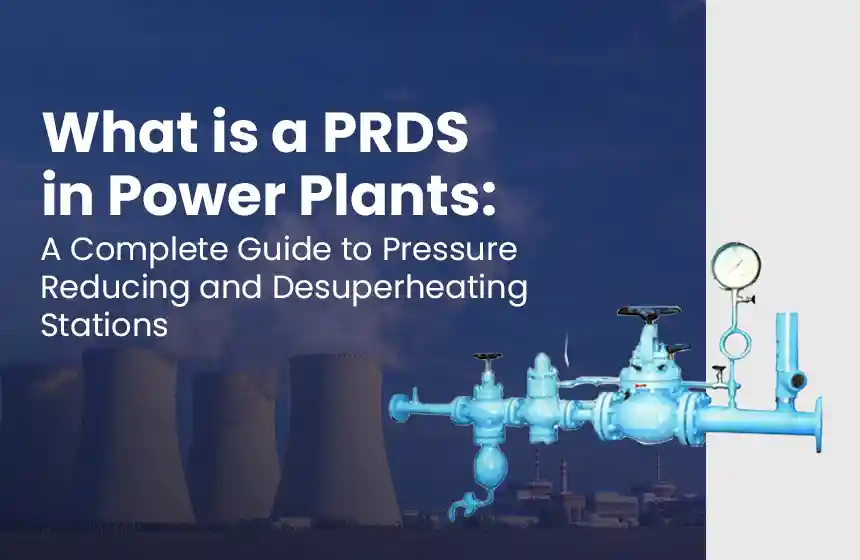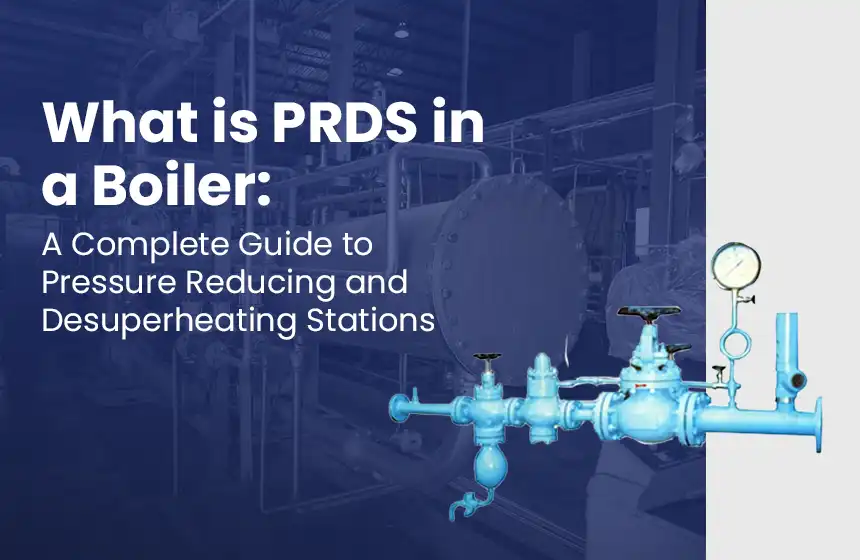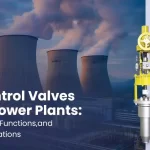
Control Valves in Power Plants: Types, Functions, and Applications
September 2, 2025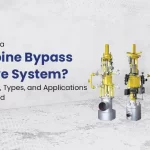
What Is a Turbine Bypass Valve System? Working, Types, and Applications Explained
September 8, 2025
Control Valves in Power Plants: Types, Functions, and Applications
September 2, 2025
What Is a Turbine Bypass Valve System? Working, Types, and Applications Explained
September 8, 2025A Complete Guide to Pressure Reducing Valves for Oil and Gas Applications
The oil and gas industry is quite complex, and in it, pressure plays a critical role. Just like a balloon bursts if you blow in too much air, pipes and systems of gas and oil plants can also face damage if the pressure gets too high. In that case, a pressure reducing valve can help.
Pressure reducing valves keep the pressure safe and steady. So, whether you’re dealing with gas or oil, these valves are important for safety and efficiency.
In this blog, we will discuss everything about pressure reducing valves, including how they work in oil and gas applications. So, let’s dive in.
What is a Pressure Reducing Valve?
A pressure reducing valve is a tiny mechanical device that reduces the high inlet pressure to a lower, safer outlet pressure. This valve does not require electricity or complex systems. They are self-acting.
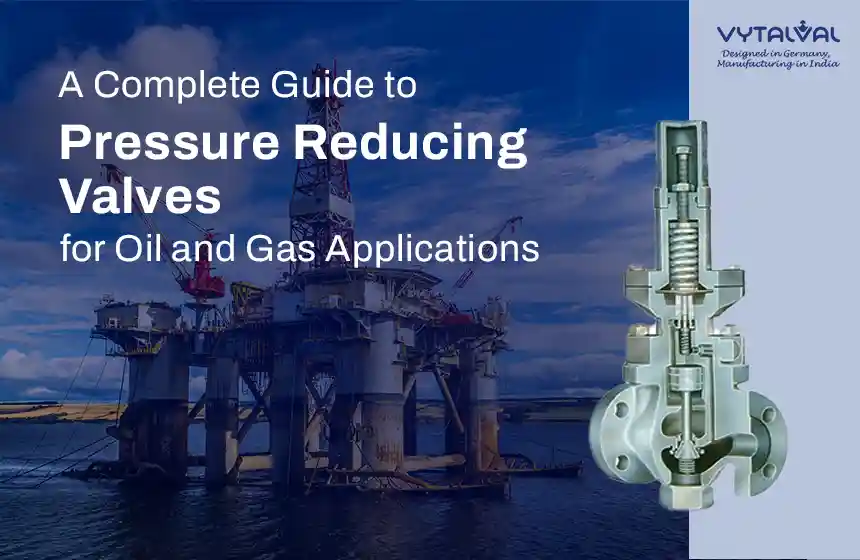
Why are Pressure Reducing Valves Important in Oil and Gas Applications?
Usually, oil and gas plants work with powerful machines and long pipelines that carry liquids and gases at high pressure. If the pressure is not controlled, pipes can burst, systems can break, and safety can be at risk.
A pressure reducing valve for gas or oil ensures that the pressure going through the system does not get too high. It not only protects the equipment but also keeps people safe.
Benefits of Pressure Reducing Valve
- These valves reduce the accident risk because of high pressure.
- It helps machines run smoothly.
- Pressure reducing valves prevent damage to expensive equipment.
- The valve ensures consistent performance under all conditions.
How Does a Pressure Reducing Valve Work?
Here is how PRV works in the industrial setting.
- High-pressure fluid or gas enters the valve from the inlet side.
- The spring-loaded diaphragm senses the outlet pressure.
- Whenever the outlet pressure drops below the set point, the spring opens the valve and allows fluid to enter.
- Whenever the outlet pressure rises, the spring pushes the valve closed to restrict the flow.
Types of Pressure Reducing Valves Used in Oil and Gas
There are different types of PRVs used across oil and gas operations, depending on what substance is being controlled and where the valve is installed.
1. Gas Pressure Reducing Valve
These valves are mainly used in transmission pipelines, distribution networks, and gas compressors. Natural gas under high pressure needs to be reduced before it reaches processing units, metering stations, storage facilities, or flare systems. A gas pressure reducing valve ensures that only the required amount of pressure is delivered to each component, which helps in avoiding overpressure incidents.
2. Oil Pressure Reducing Valve
They are used in upstream and midstream systems and help reduce pressure in fuel injection systems, refinery feedlines, pumping stations, and crude oil gathering systems. Oil is viscous and sensitive to temperature. Therefore, PRVs used in these areas are usually designed with materials and systems that can handle a harsh industrial environment.
3. Self-Acting Pressure Reducing Valve
Self-acting pressure reducing valve functions without external power sources. They purely rely on pressure changes and internal mechanics to do their job. These valves are reliable, long-lasting, low-maintenance, and do not require electricity.
Where are Pressure Reducing Valves Used?
Pressure reducing valves are used in the following oil and gas facilities.
- Oil Refineries: Here, PRVs are used to control the pressure of crude oil and refined products.
- Gas Plants: In gas plants, PRVs are used to regulate gas before it enters factories.
- Pipeline Systems: PRVs are used in pipeline systems to ensure safe flow across long distances.
- Storage Tanks: In them, PRVs are used to manage pressure during filling and emptying.
- Compressor Stations: Here, PRVs are used to balance pressure before or after compression.
How to Know You Need a Pressure Reducing Valve
If you’re unsure about whether you need a PRV or not, here are a few signs.
- Your system has frequent leaks
- Pipes are either making loud noises or shaking.
- Pressure readings are too high on the gauges.
- Your equipment wears out quickly.
- You face shutdowns because of pressure issues.
How to Choose the Right Pressure Reducing Valve
All valves are not the same. Therefore, you must choose the right one, which is important for safety and performance.
Here are a few tips that help you choose the right PRV.
- Know whether you need it for oil or gas and choose accordingly.
- Check the pressure range and ensure the PRV can handle your system’s pressure.
- Choose the right size because a valve which is too small or too big will not work well.
- You must buy a PRV valve from a trusted manufacturer like Vytal Control, which is well-known for offering tested and durable products.
How to Manage Pressure Reducing Valves
Here are a few simple maintenance tips that you need to consider to manage pressure pressure reducing valve.
- Check pressure readings regularly.
- Clean the valve internals to avoid clogs.
- Periodically, replace worn-out parts such as seals and springs.
- Schedule professional inspections yearly.
Common Myths About Pressure Reducing Valve
Let’s bust some common myths about pressure reducing valve.
PRVs are only used to reduce pressure.
It is a complete myth. PRVs also help maintain consistent flow and protect equipment.
All PRVs are the same.
Not all PRVs are of the same type. Gas, oil, and water systems require different types of valves.
PRVs do not require maintenance.
Regular checking can keep valves working efficiently and safely.
Conclusion
Pressure reducing valves work behind the scenes to ensure everything runs safely and smoothly. However, you need to first understand how these valves work. It can make your decision of choosing whether you need a gas pressure reducing valve, an oil pressure reducing valve, or a self-acting pressure reducing valve easier.
If you are looking for reliable, easy-to-use, and durable valves, check Vytal Controls. We’re the trusted name in pressure control solutions.


